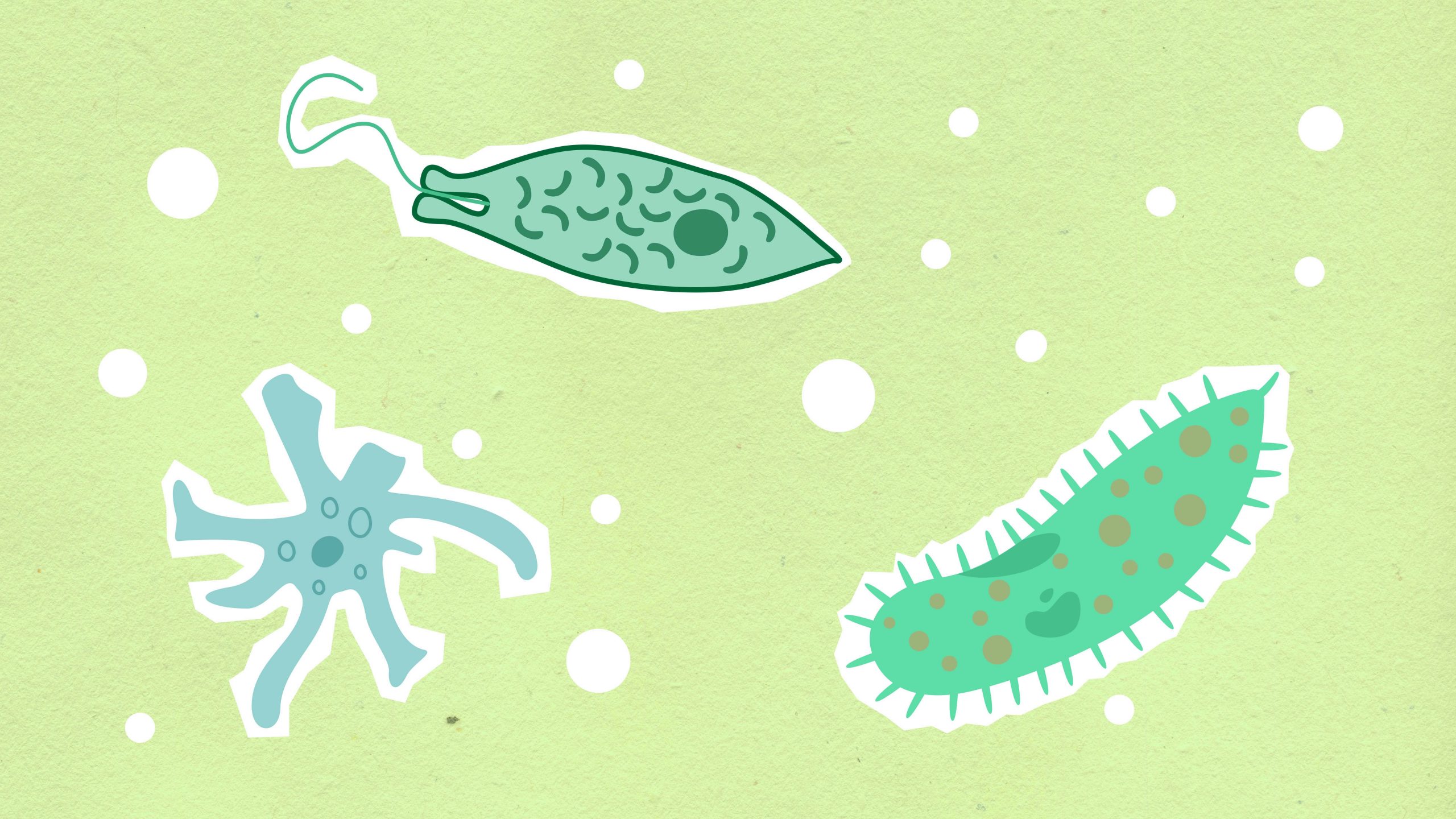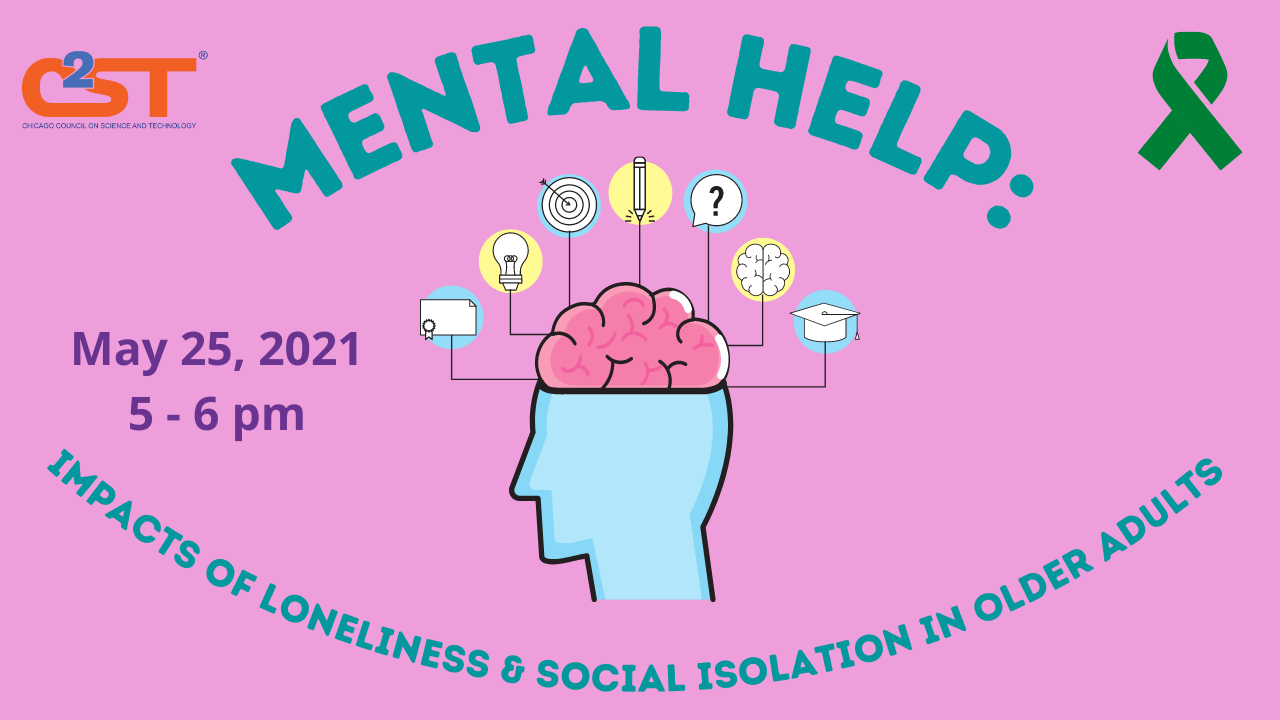C2ST Weekly: Public Transportation & Feral Donkeys
By C2ST Staff
Hello! Here’s what’s happening in the world of STEM this week.
What do feral donkeys, the search for alien life, and zero-waste restaurants have in common? Well…we’re not sure really, except that they’re all listed in the previous sentence!
What we’re working on
Our upcoming slate of programming is made up of some eye-opening originals and some sequels to crowd-pleasers. Take a look.
Here to There: The History & Future of Chicago’s Transportation
While looking to the future of transportation, it’s vitally important to consider how we arrived at the present. To that end, we’ve paired two Chicago transportation experts with two experts who are focused on the future of transportation!
How has transit changed over the years? How has the COVID-19 pandemic affected the way we use transit? How will emerging technologies allow us to modify and enhance the transit systems we have in place? Join us on a tour of Chicago’s transportation systems both past, present, and future to hear answers to these questions and many more.
Science & Sandwiches
Darion Crawford is an urban farmer and instructor with Urban Growers Collective, a nonprofit organization that manages 8 farms predominantly on Chicago’s south side. Darion has been farming since he was 16 years old, giving him plenty of time to grow his knowledge of urban agriculture. He has presented nationally on topics like hoop-house and aquaponics construction, and large-scale composting.
Mental Help: Impacts of Loneliness & Social Isolation in Older Adults
In offering this final program in the Mental Help series this spring, C2ST is pleased to partner with research experts and practitioners to provide support to specific communities such as the elderly, families, and professionals to offer current information on how the human brain experiences loneliness and practical strategies to help you keep your mental health fit.
Building Equity: Sustaining BIPOC in STEM
This program seeks to address the impacts of cultural insensitivity on the BIPOC population and what can be done to better support their inclusion and success in STEM fields. Register now to participate in a frank discussion on the experiences of BIPOC students in STEM and why advocacy is critical. Learn what you can do to become a better ally!
Bug of the Week
Every week, we will look into the hidden world of bacteria and learn how these microscopic critters affect humans and the world around us.
It’s A Bird! It’s A Plane! It’s Superbug!
Attention, people of Earth! The superbug of this story is methicillin-resistant Staphylococcus aureus (S. aureus, staff-ill-oh-KOK-us ore-EE-us), commonly referred to as MRSA. This microbe is known to cause infections in the community and hospital. However, it mainly affects those who are in the hospital or other healthcare settings such as nursing homes. But what makes S. aureus a superbug? S. aureus is a “superbug” due to its resistance to multiple antibiotics, which makes it difficult to treat the infections it causes.
Normally, 1 in 3 people are carriers of S. aureus. This common microbe resides on people’s skin and/or on the inside of their noses. Similarly, 1 in 30 people are carriers of MRSA but fear not! Oftentimes, this bug is harmless and does not lead to infection unless you have a way for the bacteria to go deeper into your body (e.g., through a wound, having a weaker immune system).
Save the day and protect yourself and those around you by practicing good hand and body hygiene. Wash your hands and make sure to cover up any cuts. Let’s stop those superbugs in their tracks!

Our partners
- How quantum computing, communication and sensing will change the world (May 5, 2021)
- SAVE THE DATE: 2021 Veterans Advanced Energy Week (August 2-6, 2021)
- STEM Illinois Nobel Project
What we’re reading/watching/playing
“Sponges that can crawl? No, this isn’t a reference to Squarepants, Spongebob–turns out, some wild sponges can do it, too! Scientists aren’t sure exactly why this happens, but believe it could be to scavenge for food, disperse offspring, or leave behind suitable surfaces to settle on. As our oceans are going through some pretty severe anthropogenic-related change, it’s interesting to consider the potential impacts this could have on ocean conservation.”
— Alex, Manager of Programs and Engagement
“As you suspected, all those back to back meetings you’ve had this year are taxing your brain. New research from Microsoft uses EEG machines to measure beta waves, indicators of stress. Small breaks between multiple meetings allow your brain to calm down and remain calm through the duration of your day. To help, according to Austin Kleon, view your time as circular, with a time for everything and rest as a counterpart to productive work. Take time during your day to reduce your stress. Tend to your garden and then return to continue your earlier work when conditions are better. Your brain will thank you. ”
— Katie, Director of Operations

***

